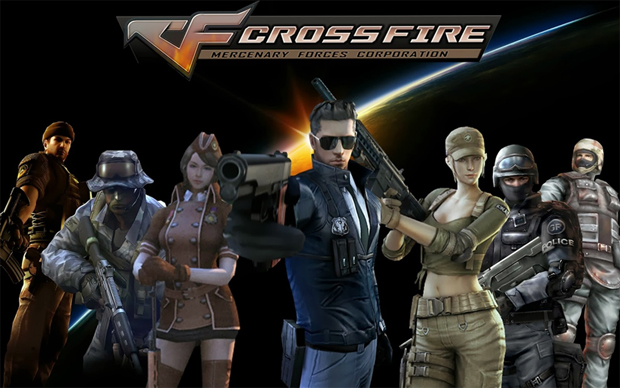One of the hottest topics at this year’s Game Developers Conference was how to earn money from free-to-play games, an increasingly important genre for both home and mobile devices.
One of the top F2P games, Kim Kardashian: Hollywood, earned $120 million in 2014. The top F2P game in 2013, Crossfire, earned $957 million that year, and the top 10 games earn well over $3 billion — with low production costs. How does a game that’s free to download earn that kind of revenue? Here are some of the marketing tactics behind these games.
1. Coercive monetization. This tactic depends on “tricking” the player into making a purchase by disguising or hiding information. One example is to put an intermediary between the in-game product being sold and its cash cost. Research has shown that putting an intermediate currency between the player and real money, such as “game gems,” makes the player much less conscious of the value of the transaction. The game currency usually also can be earned by gameplay, but that route is intentionally slow, so that the gamer might (for instance) have to play 100 hours in order to get a power-up such as a magic sword.
2. Make it personal. Games such as Kardashian have a host character make “personally chosen” recommendations, such as buying a cool car. A player that is fond of the digital host often follows the suggestion.
3. Create stress. A stressful in-game situation, sometimes called “fun pain,” sets up an uncomfortable or crucial situation, where “pain relief” is then offered by a purchasable object. On the day of the big date, the player’s outfit gets ruined by spilled coffee — what to do? (Hint: Buy another one.) This tactic is especially effective on younger players, who are untrained in evaluating the benefits of short-term relief versus the long-term effects of spending money, and is often presented with humorous or cartoonish characters.
4. In-app premium currencies. Effective F2P games offer the ability to buy game currency (as well as products). The transaction should be within the app or game. Because having to exit the game to buy the digital currency lowers the chance of a sale, because it gives the player time to think. Currency buys are usually given as options, e.g., “Buy 20 game gems for $10, 50 gems for $20, 100 gems for $30,” and so on, so that the player’s decision is not whether to buy the product, but which product to buy, a favorite tactic of car salesmen.
5. Offer attractive products relevant to gameplay. The products should be easily understood and graphically displayed. Combat games offer advanced weapons that can help the gamer earn points and standing in the game community. Kardashian offers premium digital clothing, a house in Malibu, cool cars, PR agents and other in-app purchases to enable the player to improve her or his celebrity standing among the game’s virtual Hollywood community.
Part two of this series will offer more insider marketing tips and tricks.




 Win a Funko X Lilo & Stitch Prize Pack!
Win a Funko X Lilo & Stitch Prize Pack! 
